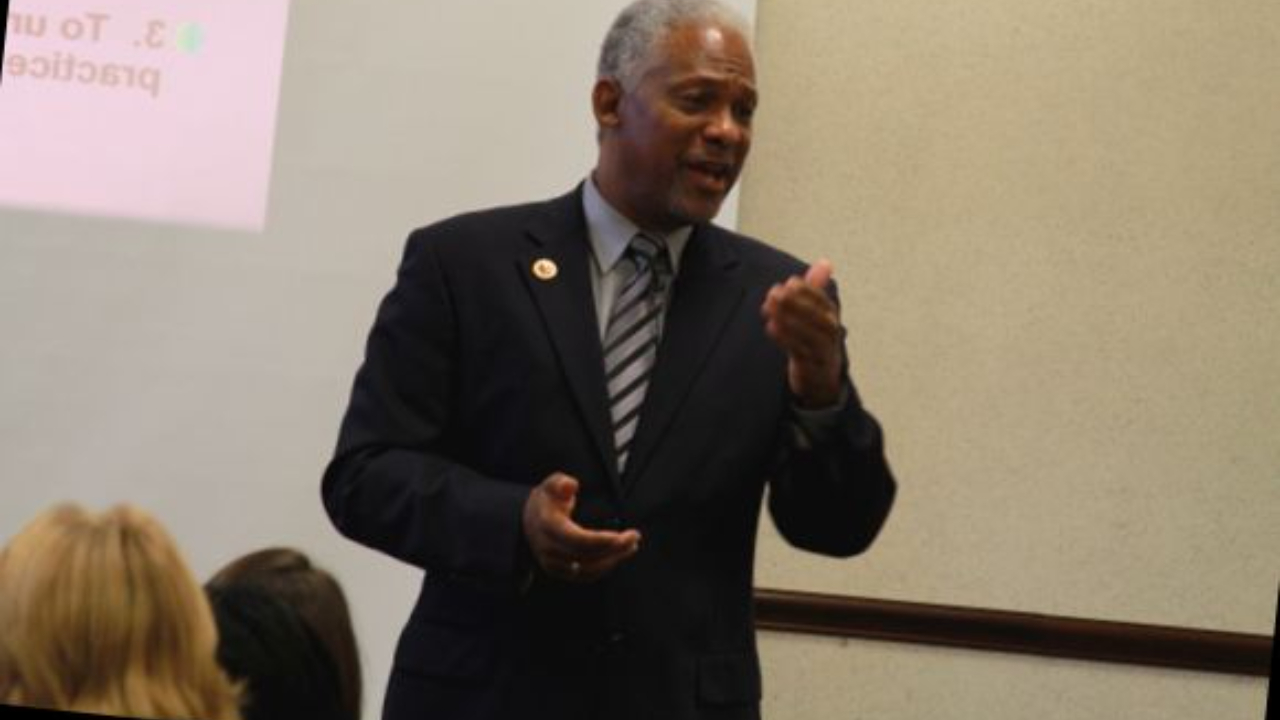5 Ways DEI Can Harness the Power of Communication by Building Connections.
Jun 30, 2023
5 Ways DEI Can Harness the Power of Communication by Building Connections.
In this blog post, we explore why it is imperative to leverage varied forms of communication to connect with all workers, especially those who may differ in terms of race, gender, sexual orientation, or generation.
- Moving Beyond Traditional Communication
The days of solely relying on emails, meeting notes, and person-to-person accountability meetings as the primary means of communication are long gone. While these methods are valuable for conveying information, they often lack the personal touch necessary for establishing authentic connections. Effective managers recognize the need to expand their communication repertoire and embrace diverse channels to reach their entire workforce.
- Embracing Diversity in Communication
Diversity extends far beyond visible differences such as race, gender, sexual orientation, or generation. It encompasses a broad range of perspectives, experiences, and communication styles. To connect with all workers, managers must acknowledge and respect these differences by adapting their communication strategies accordingly. This may involve leveraging various platforms, such as team meetings, virtual collaboration tools, social media, or even informal gatherings, to engage with employees in ways that resonate with their unique preferences and backgrounds.
- Active Listening and Empathy
A key aspect of effective communication is active listening, which entails genuinely hearing and understanding others' perspectives. By actively listening to their employees, managers demonstrate empathy, foster trust, and create a safe space for open dialogue. This practice is particularly vital when engaging with individuals from different backgrounds, as it allows managers to gain deeper insights into their experiences, challenges, and aspirations. This understanding forms the foundation for building meaningful connections.
- Tailoring Communication Styles
Just as each employee is unique, so too should the communication approach employed by managers. By adapting their communication styles, managers can cater to the individual needs and preferences of their diverse workforce. For example, some employees may prefer face-to-face interactions, while others might feel more comfortable expressing themselves through written mediums. By recognizing and accommodating these preferences, managers demonstrate their commitment to inclusivity and bridge potential communication gaps.
- Cultivating a Culture of Belonging
When managers actively seek to connect with their diverse workforce, they cultivate a culture of belonging, where every employee feels valued and included. By fostering an environment that encourages collaboration, teamwork, and mutual respect, managers empower their workers to bring their whole selves to work. This sense of belonging boosts engagement, productivity, and overall job satisfaction, resulting in a more harmonious and successful workplace.
Conclusion
Effective communication is the lifeblood of any organization. By embracing the opportunity to connect with all workers, managers can harness the power of communication to bridge gaps, foster inclusivity, and build strong relationships. Viewing communication as more than a transactional process and recognizing its potential to connect individuals from different backgrounds is a transformative approach that leads to a thriving and diverse workplace. As we move forward, let us strive to communicate with intention, empathy, and adaptability, creating an environment where every voice is heard, valued, and celebrated.
For more information on our approach to DEI and Training:
Stay connected with news and updates!
Join our mailing list to receive the latest news and updates from our team.
Don't worry, your information will not be shared.
We hate SPAM. We will never sell your information, for any reason.

